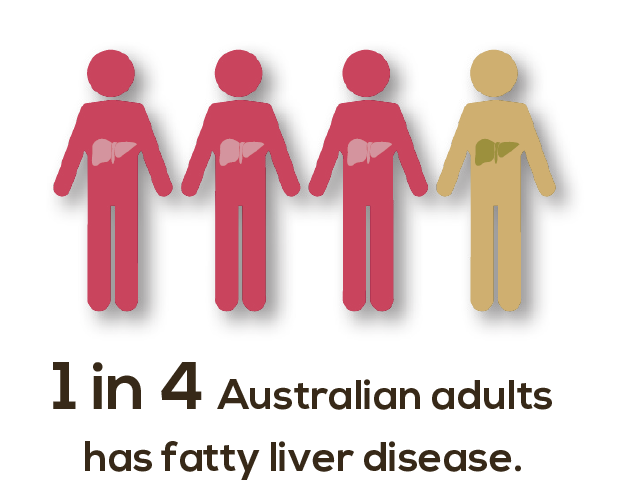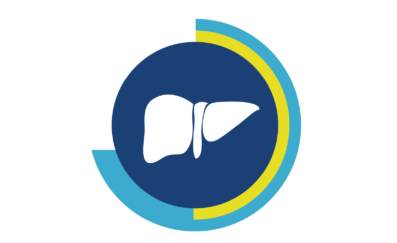
 Liver disease research
Liver disease research
Fatty liver disease is increasing rapidly in Australia. Awareness of liver disease is low and there are few treatment options available. If left unchecked, it can cause significant and potentially irreversible damage, leading to cirrhosis (hardening and scarring) and liver cancer.
GMRF researchers are working hard to fight the impact of liver disease by:
Reducing Liver Injury in Iron-Related Liver Disease – exploring the links between iron, adipose (fat) tissue and the liver with the aim of slowing the progression of liver disease. The study is currently focusing on targeting excess iron and its role in advancing liver disease.
Liver Transplantation Research – aiming to improve outcomes for the more than 300 Australians who go through liver transplant each year by identifying markers in donor livers that are likely to fail.
Biomarkers for Liver Disease and Liver Cancer – developing an effective non-invasive saliva and blood-based method to detect the presence of liver disease and liver cancers at an early stage.
GMRF’s Liver Research Unit is made possible by community support. Our research and support initiatives rely on the generosity of our individual, community and corporate donors. You can help progress this important work.
Understanding GMRF’s Liver Disease Research
There is increasing evidence that suggests that excess iron exacerbates liver-injury. Further to this, our researchers have made encouraging progress indicating that regulating iron overload can reduce injury, regardless of other toxins such as fat.
Researchers like first year PhD student Afolbai Akanbi have been investigating the role of excess iron in progression of fatty liver disease. Folabi is investigating a naturally occurring molecule called hepcidin, which plays a significant role in the control of iron in the body.
Right now there are very few treatment options available to treat or stop the progression of fatty liver disease. According to GMRF's Director of Research Professor Darrell Crawford, the best 'treatment' is significant lifestyle changes.
The stats show that 10-13% of patients will die within three years of their transplant, while 15-18% will require re-transplantation due to failure of their donor liver. We not only need more livers available to transplant but we need to improve the outcomes for transplant patients.
Current projects
View all projects

The obesity epidemic as well as continuing high rates of alcohol consumption ensure that many patients with liver disease have multiple causes of their liver injury. The presence of co-toxic insults exacerbates the underlying liver disease, hastens progression to end stage liver disease and increases...



 Liver disease research
Liver disease research